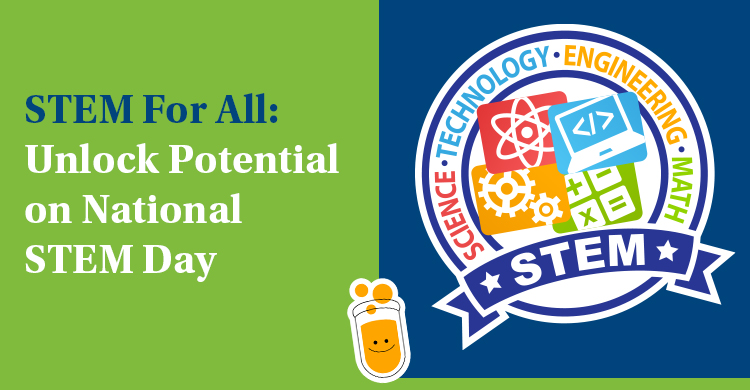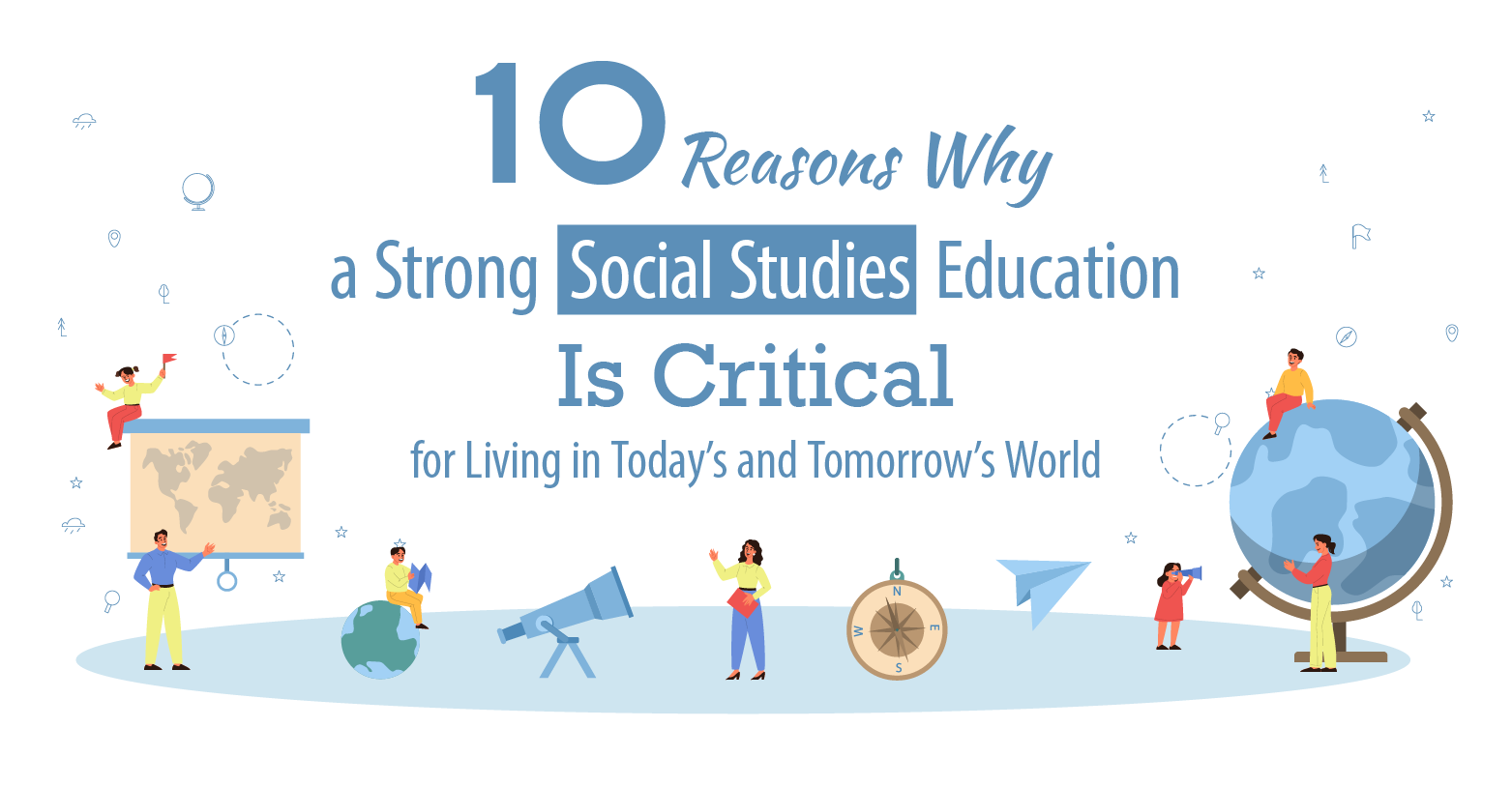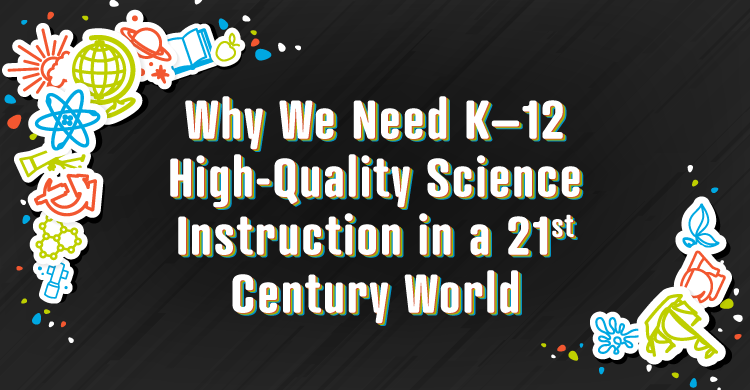Educated in schools designed as “open schools” for their floor plans and progressive philosophies, I found the concept of a “classroom without walls” easy to embrace when I became a teacher. For my peers and me growing up, the walls of the building were only there to support the roof—most learning took place outside the schoolhouse entirely, whether through local wilderness and city immersion experiences or domestic and global travel. I don’t remember ever feeling disconnected from the world, honestly, even when I felt powerless to do anything about the human conflict and poverty I saw, and this was long before we had the Internet. Later, as a teacher, I used every means I could find to connect my students to real people willing to share their experiences and perspectives, and the arrival of connective technologies just shifted the form of engagement, not the intent.
Today, the world really can be our classroom, even for students who are too young to travel or don’t have the means. The Internet and constantly emerging technologies keep making it easier to lower the classroom walls, to help students feel a deep, authentic and humanizing connection with other young people in the world. Connected educators communicate as readily and naturally with networks outside the schoolhouse as with colleagues in the teachers’ lounge. While many parts of the world still lack technological infrastructures for education, mobile technologies offer work-arounds that make more and more of the world accessible. These are not just feel-good relationships, either; done well, these global relationships can be partnerships for substantive learning, academically-grounded experiences in which all students bring something to the table and engage in learning with and from each other.
One of the greatest challenges of global partnerships is building a truly equitable relationship between classrooms in different parts of the world. Too often, the urge of educators in the developed world is to “help” or even “save” their partners, which comes from a complex mix of compassion and a deeply ingrained social deficit mindset most of us aren’t even aware we have. After hundreds of years “Schooling the World,” as Carol Black titled her extraordinary documentary (2010), it has become part of our educational DNA in the west to seek exotic partners, to think our students are ahead of them academically, and to assume our goal should be fundraising. I don’t mean to suggest that partnerships including philanthropy are all bad, particularly if the urge to collaborate financially comes from students or is intrinsic to the project both sides hope to create, but when it becomes our consistent default in global education, it’s not good for anyone involved. Instead, I believe it is possible to engage with the world with an asset mindset, with the assumption that every student and educator has just as much to teach as s/he does to learn, and that every community has something meaningful to contribute to the conversation.
Lowering our classroom walls is about building equitable learning partnerships and seeing what we can learn from each other, discovering ways we can collaborate to support each other’s goals and build deep, humanizing connections that allow us to see each other as fully human. The goal of global education is not just to recognize and celebrate our similarities, but to understand and learn from our differences, too — to build new solutions with our shared knowledge, better solutions to the challenges we have in common. As educator Tim Kubik puts it (2017), “…today’s competently global learners must learn to negotiate the differences they encounter at an early age…to create communities of coexistence with those who differ, and will remain different, from them” (para 8). I like to call this “meeting in the middle,” not a destination, but a way of thinking about what it means to engage our partners as exactly the people they are, with no intent to “save” nor the assumption our partners need saving but, instead, the intent to understand how they see themselves and their communities.
What might happen in our classrooms if we crafted our global collaborations around a borderless problem we have in common, such as climate change, to build solutions for our communities in concert? What if our students collaborated to address problems like human trafficking, the global refugee crisis, or poverty, acting as change makers who need each other to develop the best solutions possible? How might an asset mindset founded in empathy and understanding develop if our students worked together to co-create a piece of art or music, teaching each other the techniques and styles most dominant in their home cultures and weaving their local knowledge together into one piece of global art? And what might change about our students’ world views if their early global experiences didn’t just come from videos and books with the intent to observe or explore, but also included live, authentic interactions with real young people outside their communities, interactions in which mutual benefit, growth, and constructive local action were the goals?
I encourage readers to reflect on your own classroom and learning relationships, sharing your insights on this blog. How are you and your students lowering your classroom walls to engage with the world? What are your current global projects, and what do you aspire to try in the coming year(s)? What are the strengths of your current global programming, and where do you see opportunities for growth? How might you deepen the humanizing nature of your students’ experiences, to make sure they see their global counterparts through an asset lens? And, finally, how are you ensuring that teachers experience the world beyond the schoolhouse themselves, so they can build global relationships of substance, partnerships built on equity of learning, benefit and power?
Too often, our differences create an inherently human instinct to build walls and close ourselves off from others; my students and I used to explore this concept every year when we read William Golding’s Lord of the Flies, and it is as true today as it was in Golding’s time. Our ability to remove those walls and negotiate our differences is essential to our survival. As inclusivity guru Rosetta Lee put it in a workshop I attended recently, it’s not just that our different perspectives are interesting, but that we truly need each other to be able to see the whole picture. When we lower our classroom walls to help students connect with the real experiences and perspectives of others, they can begin to envision a world of effective co-existence with a focus on equity and justice that supersedes our borders and differences—and can even participate in co-creating that world with their global counterparts.
Learn how to find, form, and assess equitable global educational partnerships that prepare students to thrive in the 21st century with Jennifer’s new book, The Global Education Guidebook.
References:
Black, C. (2010). Schooling the world: The white man’s last burden. Lost People Films.
Retrieved from http://www.filmsforaction.org/watch/schooling-the-world-2010/
Kubik, T. (2017). The world won’t wait for graduation. ASCD Express, Volume 12, Issue 9. January 13, 2017. Retrieved from http://www.ascd.org/ascd-express/vol12/1209-kubik.aspx
[author_bio id=”1343″]






